Inspiring Studio Artist Infused By Los Angeles Roots
Hello, my name is Katharine Marais. I am an Los Angeles studio artist. I paint with poured and painted oils & acrylics on canvases made with stretchers from UCS. I prepare my canvases and linens by brushing on acrylic size with a stiff brush, then triple-gessoing with cross-strokes to a smooth, but still textured, surface.
I’ve wanted to be a painter all my life. I moved to LA for school when I was 18, and I met the most beautiful and unforgettable characters who showed me the mythos of of LA. I fell in love their lives, their style, their language. They introduced me to the music scene, skate culture, the blue-chip graffiti art scene, the Chicano screen printing culture that arose in 1980’s LA, and contemporary conceptualism in painting and sculpture. As I’ve passed through these worlds, my influences have remained ballet costuming (especially the Bauhaus), the elan of painters like Picasso and Matisse, and the starry-eyed, poetic surrealism of Cocteau.
I believe in creating an image that is the image of love, the beauty of life, and the vibrance of the human spirit which is built upon in the history of our culture, the knowledge we’ve already accrued and the vision of ourselves we’ve developed over time. Painting is dreaming- dreaming of an ideal world, and creating a prototype of it in images.
I feel like recently I’m experiencing a blissful return to naïveté, following some time away from the studio and spending time with friends, family, and Nature, and I’m finding new wonderment in things like mythology and classical music. I’m working on a series of 45” x 54” canvases of the Planets.They were inspired by Holst’s Planets symphony, which I listened to this summer in Big Sur. I had a series of kaleidoscopic dreams, of stacked Thangka-esque worlds of flowers, inhabited by omnisexual god(desses)!, and brimming with life. Building upon our pre-existing cultural knowledge is especially important to me in my current work with the Planets; the symphony that inspired the paintings is an abstract classical work, developed with great skill within the tradition of classical composition to portray a real subject, and that is what I aim to do with my present and future work.
In addition to classical music, I’m also inspired by Charline Von Heyl’s panache, for her conception of the painting as a two-dimensional and never-before-seen image, and for the way she uses different forms & strokes of paint in a way that pushes their expressive potential.
My small canvases are a character, a symbol that denotes sound and personality, a single note within a scale. Their names are onomatopoeias with innate (formal, sonic) character, as well as contextual and art-historical meaning.
My larger canvases are more singular and symphonic. They are a clear, true chord. They are a song of radiant beauty, joy, and life. Some feel like they came through me like breathing lightning; others take months of dreaming and envisioning the way forward.






 “This is one of my favorite paintings that I have finished recently. It is based on a field study that I painted late last winter, while standing in an open field just a couple of miles from home. In warmer months, the field is filled with bobolinks and meadowlarks, wildflowers and butterflies, but in the winter it’s all about the view. For those of us living in the mid-Hudson Valley of New York, this iconic profile of the northern range of the Catskill Mountains is so familiar we might not realize how unusual and exceptionally beautiful it is. As I saw them on this day — bathed in the early evening light, and with the highest peaks glowing pink and orange — the Catskills, ‘our’ mountains, appeared almost magical to me.”
“This is one of my favorite paintings that I have finished recently. It is based on a field study that I painted late last winter, while standing in an open field just a couple of miles from home. In warmer months, the field is filled with bobolinks and meadowlarks, wildflowers and butterflies, but in the winter it’s all about the view. For those of us living in the mid-Hudson Valley of New York, this iconic profile of the northern range of the Catskill Mountains is so familiar we might not realize how unusual and exceptionally beautiful it is. As I saw them on this day — bathed in the early evening light, and with the highest peaks glowing pink and orange — the Catskills, ‘our’ mountains, appeared almost magical to me.”




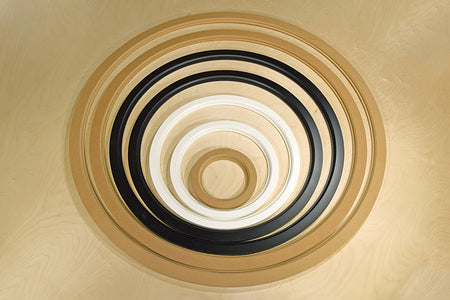


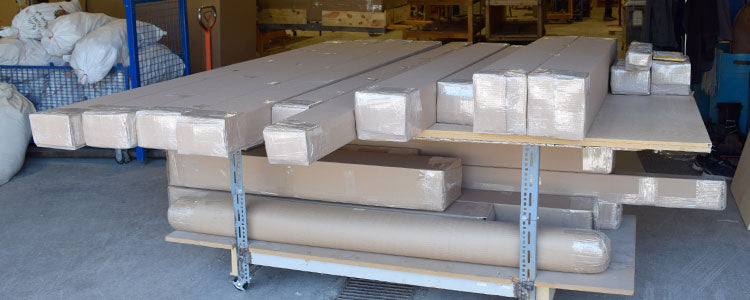
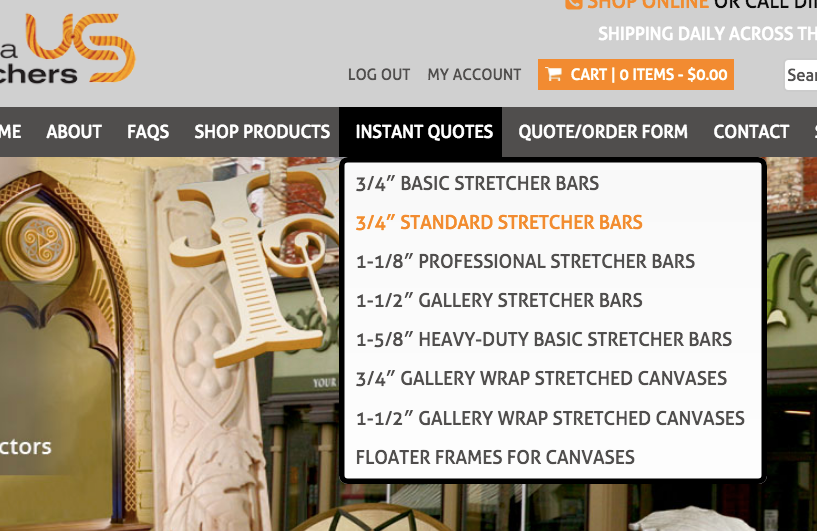














 For the aspiring artist who has gone to vacation down in Fort Lauderdale here are three popular art suppliers in this city that you might wish to checkout.
For the aspiring artist who has gone to vacation down in Fort Lauderdale here are three popular art suppliers in this city that you might wish to checkout.



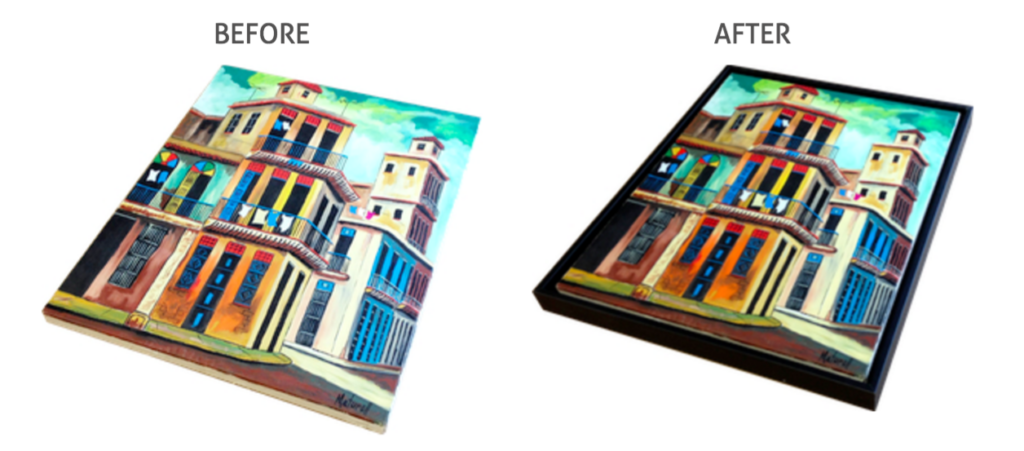








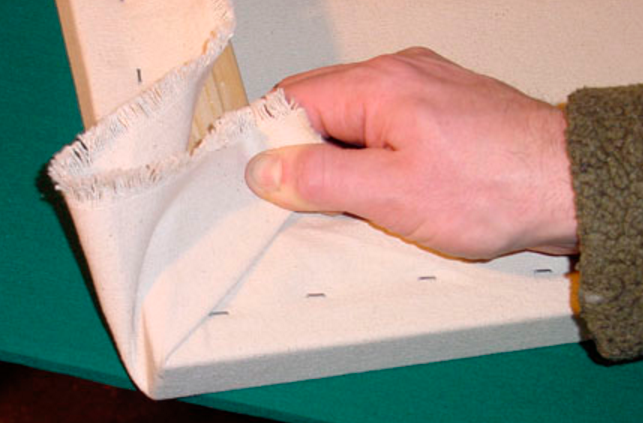


 **
**



